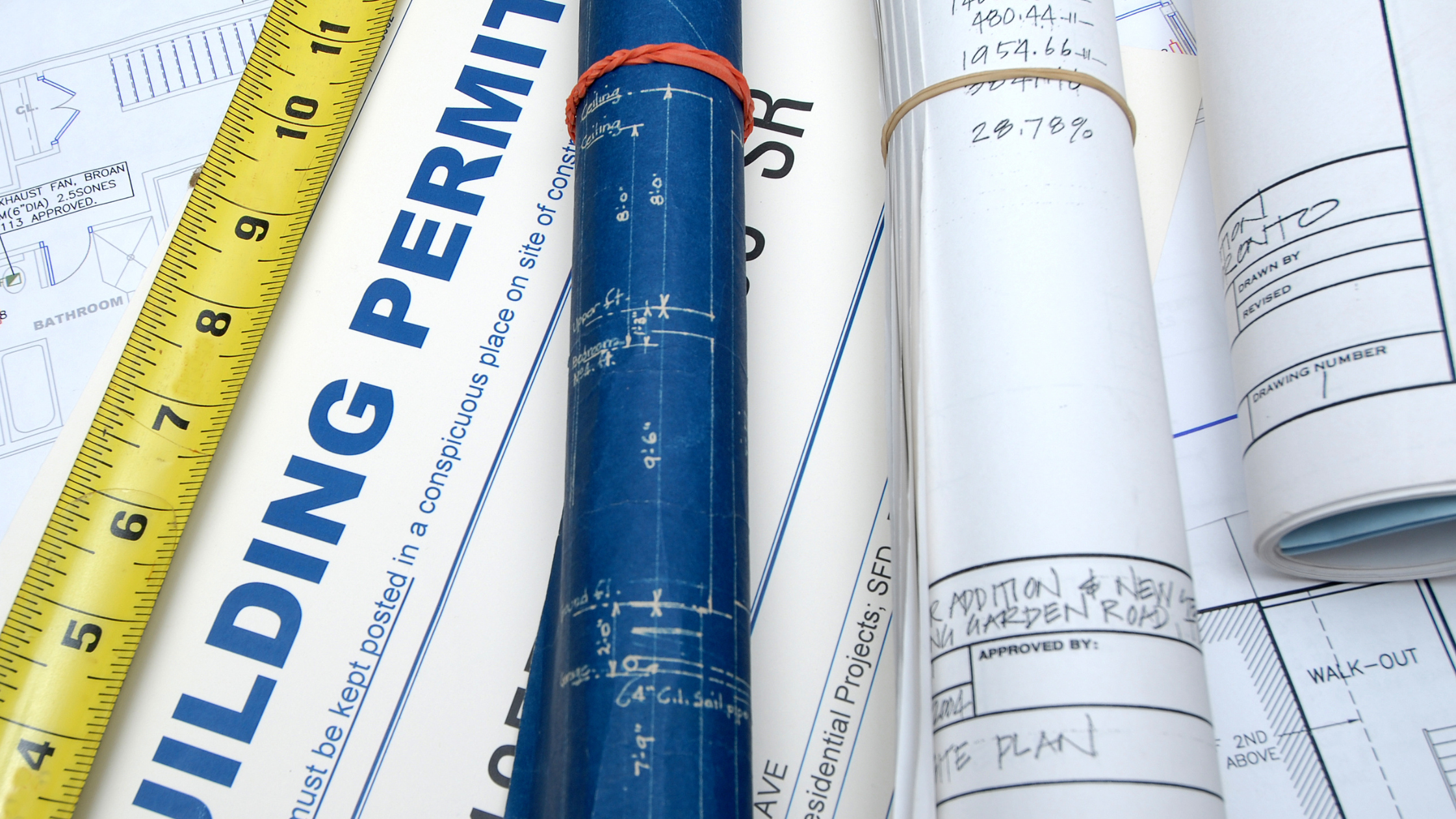Introduction: Choosing the Right Noise Barrier for Compliance
In today’s urban environments, managing noise pollution has become a critical part of construction compliance and permitting. Cities across the world are tightening noise regulations, requiring contractors and developers to demonstrate how they will reduce excessive noise from construction sites, highways, and industrial projects.
That’s where noise barriers come in. But not all barriers are the same — and choosing the right type can mean the difference between fast project approval and costly delays.
This guide compares mitigation walls, sound walls, and temporary barriers so you can understand their differences, benefits, and best applications.
What Are Noise Barriers?
Noise barriers are physical structures designed to block, absorb, or deflect sound waves to reduce noise transmission into surrounding areas. They play a vital role in:
- Protecting residential areas near highways and construction sites.
- Ensuring worker well-being in noisy industrial settings.
- Achieving compliance with noise exposure standards.
- Minimizing community noise complaints during urban development.
Noise barriers come in many forms, with the most common being mitigation walls, sound walls, and temporary barriers.
Mitigation Walls: Long-Term Noise Control
Mitigation walls are large, often permanent, structures designed to provide effective noise control over long periods of time.
Key Features
- Built with high-quality materials such as concrete, masonry, or composite panels.
- Engineered for durability, often lasting decades.
- Can incorporate sound-absorbing materials to reduce reverberation.
- Typically required in city permitting for large-scale industrial or infrastructure projects.
Best Uses
- Highways and rail lines: protect residential areas from continuous traffic noise.
- Industrial projects: reduce impact noise and vibration from factories or power plants.
- Data centers: contain noise from ventilation systems and generators.
Construction compliance note: Mitigation walls are often mandated in noise impact assessments and required before project approval.
Sound Walls: Community-Oriented Noise Solutions
Sound walls are a type of noise wall designed specifically for urban environments where quality of life is a top concern.
Key Features
- Focus on functionality + aesthetics — often integrated into city design.
- Made from acoustic panels, transparent acrylic, or green living walls.
- Block and absorb sound while blending with surrounding areas.
- Can include soundproofing materials and acoustic barriers for added performance.
Best Uses
- Residential neighborhoods bordering highways.
- Urban redevelopment projects where design matters as much as noise control.
- Municipal projects requiring both compliance and community approval.
Construction compliance note: Sound walls are commonly required by municipalities when new projects risk generating urban noise near homes, schools, or hospitals.
Temporary Barriers: Flexible and Cost-Effective
Temporary noise barriers are portable solutions designed to reduce noise during short-term construction projects.
Key Features
- Constructed from modular soundproofing panels or fabric enclosures.
- Easy to set up and relocate as the project progresses.
- Offer moderate noise reduction, typically focused on impact noise from heavy equipment.
- Lower cost compared to permanent walls.
Best Uses
- Construction sites: reduce background noise from jackhammers, pile drivers, and cranes.
- Short-term urban projects where compliance must be met quickly.
- Event spaces or temporary operations requiring noise control.
Construction compliance note: While temporary barriers are effective, cities may require mitigation walls or sound walls for long-term projects.
Head-to-Head Comparison
Preventing Compliance Delays with the Right Barrier
Choosing the wrong barrier can lead to compliance delays:
- Submitting plans with temporary barriers when a city requires mitigation walls.
- Proposing sound walls without integrating acoustic panels to meet decibel limits.
- Failing to address prolonged exposure risks for workers and nearby residents.
By aligning your barrier choice with city permitting requirements, you can avoid delays, reduce community complaints, and improve project outcomes.
Conclusion: The Right Barrier for the Right Project
Whether it’s mitigation walls for highways, sound walls for urban neighborhoods, or temporary barriers for construction sites, the right noise control solution ensures compliance, protects communities, and prevents costly permitting delays.
At Urban Solution Group, we specialize in helping developers and contractors choose the right barrier type, design effective noise control strategies, and navigate the complexities of construction compliance.
Noise is unavoidable in growing cities — but with the right barrier in place, it doesn’t have to be disruptive.
Other Articles
.png)
Environmental Compliance Checklist: Avoiding Costly Mistakes in Urban Projects | Urban Solution Group
Avoid costly permitting delays in urban projects. Use this environmental compliance checklist covering land use, air quality, and construction compliance.

Why Do Compliance Delays Happen? How to Prevent Them in City Permitting | Urban Solution Group
Compliance delays cost projects time and money. Learn why they happen in city permitting and how Urban Solution Group prevents setbacks with proven strategies.

Step-by-Step Guide to Permitting Industrial Projects | Urban Solution Group
Streamline industrial project permitting with Urban Solution Group. Follow a clear step-by-step process to meet noise, environmental, and community requirements.
